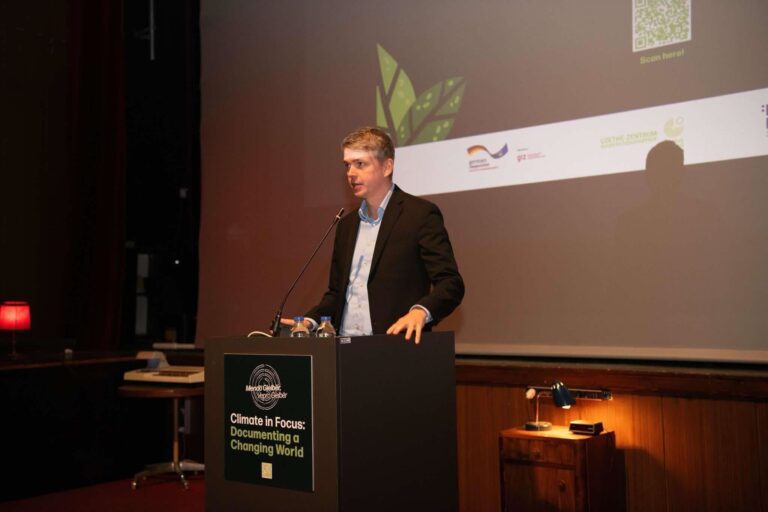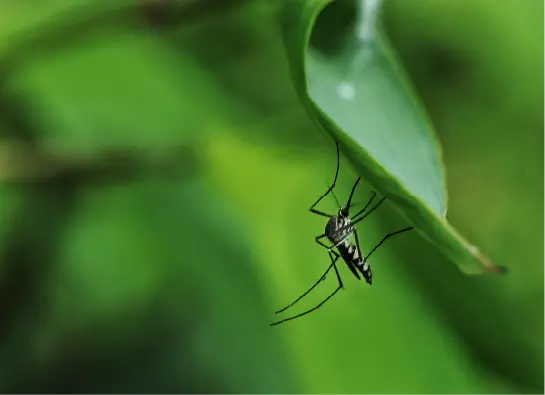Sustainability is a multidimensional issue where the food production system and our diets play a crucial role. Achieving a healthy and sustainable food future requires global collaborative efforts.
What is sustainability and what does it have to do with food?
The definition: Sustainability is defined by the Brundtland Commission of the UN in 1987 as "Development that meets the needs of the present without compromising the ability of future generations to meet their own needs".
The role of nature: Jeffrey D. Sachs points out that humanity, like all living species, depends on nature for food, water and materials for survival, yet we are not adequately protecting the physical basis of our survival.
Sustainability aspects: Sustainability includes environment, economy, health, food and other related dimensions. According to FAO, sustainable diets are those diets with low environmental impacts that contribute to food and nutrition security, and healthy lives for present and future generations.
Why is a sustainable food supply important?
- Global malnutrition: More than three billion people are malnourished and many of the planet's 7 billion people eat low-quality diets.
- Growing population: The world's population is expanding and is expected to reach about 10 billion by 2050. Providing sufficient and quality food for this population is essential.
- The Anthropocene Era: Humanity is the dominant driver of change in Earth systems. The impact of agricultural activities is the largest cause of global environmental change, including climate change, deforestation and desertification.
Food production and environmental impact
- Contribution to global emissions: Food production contributes approximately 30% of global greenhouse gas emissions, with the livestock sector representing nearly half of these (14.5%).
- Land and water use: Occupies about 40% of global land and uses 70% of fresh water.
- Endangerment of species: It is the biggest factor that threatens species with extinction and causes eutrophication in lakes and coastal areas.
- Fishing: Most of the world's fish stocks are fully fished or overfished.
Healthy diets from sustainable food systems
Lack of global objectives: Historically, there has been a lack of global targets for healthy diets and sustainable food production.
EAT-Lancet Commission: In 2019, this commission developed global scientific targets for healthy diets and sustainable food production.
- Objective 1: Healthy diets: The planetary health diet includes mostly vegetables, fruits, whole grains, legumes, nuts and unsaturated oils, with low amounts of red meat and processed foods.
- Objective 2: Sustainable food production: Global food production must stay within the limits of six key earth system processes: climate change, agricultural land use, freshwater use, biodiversity loss, and nitrogen and phosphorus cycling.
A "major food transformation" is needed
Feasible transition: Substantial dietary changes towards predominantly plant-based food patterns, reduction of food loss and waste, and improved food production practices are needed.
Five strategies for change:
- Commitment to healthy diets: Seek international and national commitment to shift to healthy diets.
- Reorientation of agricultural priorities: Shift the emphasis from producing large amounts of food to producing healthy food.
- Intensification of sustainable food production: Use technology to cultivate existing land with fewer inputs.
- Strong and coordinated land and ocean governance: Protect natural ecosystems and biodiversity.
- Reduction of food losses and waste: Halve food loss and waste in line with the UN Sustainable Development Goals.
Achieving a healthy and sustainable food system is an urgent issue that requires the collaborative efforts of governments, the private and public sectors, and individuals. Our food choices affect more than just us, and plant-based diets are good for health and the environment. In the end, what's good for the planet is good for us.






